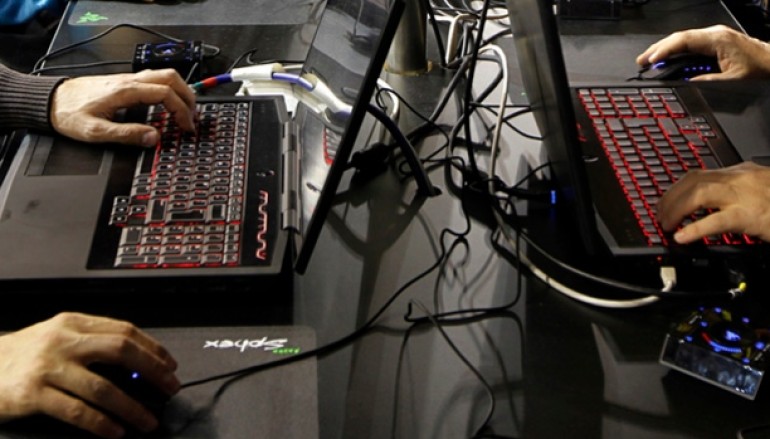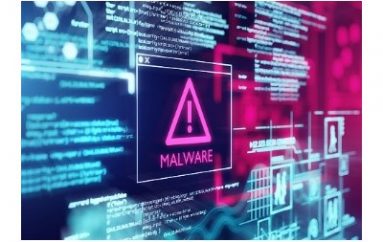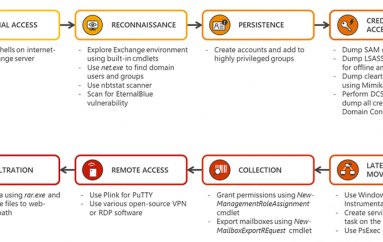
Chinese Cyberspies Target Russia With New Malware
A China-linked cyber espionage group has been using new malware and new techniques in attacks aimed at military and aerospace organizations in Russia and Belarus.
In July 2016, security firm Proofpoint reported that the threat actor had been using NetTraveler (aka TravNet) and the PlugX RAT to target Russia and neighboring countries. Researchers now revealed that, at around the same time, the group started using a new downloader, dubbed ZeroT, and Microsoft Compiled HTML Help (.chm) files to deliver PlugX.
Attackers sent victims .chm files containing an HTM file and an executable. When the help file is opened, a Russian-language text is displayed and the victim is asked by the User Account Control (UAC) feature in Windows to allow the execution of an “unknown program.” If the user clicks “Yes,” the ZeroT downloader is dropped onto the system.
Similar to earlier attacks, the APT actor also used specially crafted Word documents created with an exploit generator named MNKit. This Office exploit generator has allowed researchers to find connections between several different groups believed to be operating out of China.
The emails and files used as bait often referenced the Commonwealth of Independent States (CIS), which is an alliance of former Soviet Union countries, Russian government programs, and Russia’s defense industry.
The threat group has also used self-extracting RAR archives to deliver ZeroT. Many of these archives included an executable named “Go.exe,” which leverages the Event Viewer tool in Windows to bypass UAC.
Once it infects a system, ZeroT contacts its command and control (C&C) server, and uploads information about the infected system. ZeroT then downloads a previously known variant of the PlugX RAT, either directly as a non-encoded PE payload or as a Bitmap (.bmp) image file that uses steganography to hide the malware.
Proofpoint said the C&C domains used by ZeroT have also been seen in NetTraveler attacks. The PlugX samples leveraged some of the C&C domains observed in a 2015 campaign.
Following the indictment of People’s Liberation Army (PLA) officers, threats of economic sanctions, and the agreement made by the U.S and China in 2015, security firms reported that the volume of Chinese attacks aimed at the United States dropped significantly.
However, researchers pointed out that China-linked threat groups have continued to target other regions, such as Europe and Russia.
Source | securityweek





